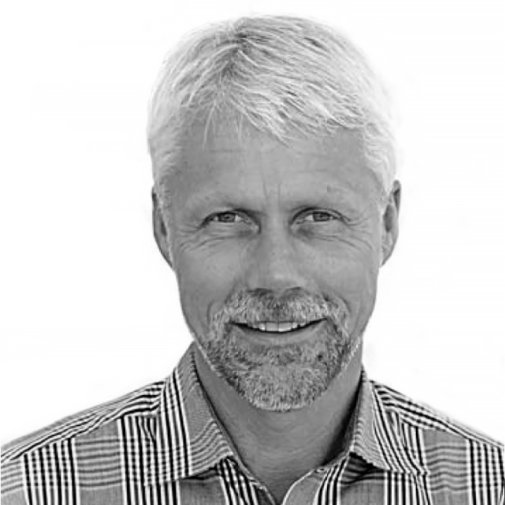Most wind energy experts agree: Floating offshore wind holds great promise, but costs must drop dramatically if floating solutions are to become economically competitive. A global leader in the field, Norway’s floating wind industry continues to develop technology – especially foundations – to do precisely this.

Copyright: Clovers AS
“Norway has the technology to reduce the levelised cost of energy (LCOE) of floating offshore wind,” states Klaus Udesen, a 30-year Danish offshore wind veteran, now a wind industry expert for Norwegian Energy Partners (NORWEP), a non-commercial, public-private organisation promoting the internationalisation of the Norwegian energy industry.
Floating: A rapidly evolving technology
New Norwegian floating foundation concepts target floating wind’s number one challenge: the high LCOE compared to other forms of wind energy. The thought is that high costs are likely a temporary problem that can be solved through ongoing innovation. While floating wind technology is still young, its potential is much greater than mature bottom-fixed wind, as 80 per cent of the world’s offshore wind resources are located in deep waters, suitable only for floating foundations.
“The concepts are excellent, very well thought through,” Klaus Udesen confirms.
Scalability is one key to cost reduction. This is why modularity, automation and serial production are features of Norwegian designs by BWO Ideol, Clovers, Archer Wind and Ocean Ventus. Another company with scalability in focus, Odfjell Oceanwind was recently selected to provide its semisubmersible foundation to GoliatVIND, a 75 MW demonstration project for floating offshore wind.
In addition, a concept by Wind Catching Systems maximises the efficient use of acreage, while a floating platform from Flex2Power combines wind, wave and solar energy production. Other companies presenting their designs include AMON Wind, Green Floating Marine Structures and World Wide Wind.
A proven track record of innovation in harsh sea conditions
Much of Norway’s floating wind expertise comes from the Norwegian offshore oil and gas industry, which is unique in Europe. No other country rivals Norway’s know-how when it comes to installing, operating and maintaining massive structures, far from shore, in the most extreme conditions.
“Norwegians have been doing operations and maintenance (O&M) in the North Sea for decades, so they understand the difficulties that also apply within floating offshore wind,” explains Udesen. “They know that the design of floaters must enable O&M to be done while at sea, in high wind and waves.”

Klaus Udesen – Director Wind at Norwegian Energy Partners (NORWEP)
As a result, Norway has set the gold standard for offshore HSE. Norwegians develop everything in offshore wind with an HSE mindset and undergo continuous HSE education and training. They also have advanced digital tools for demonstration and simulation at private companies, such as OSC, as well as at the Marine Energy Test Centre (METCentre) and the Norwegian University of Science and Technology, among others.
Moreover, Norway has a complete offshore wind supply chain and highly skilled contractors across the entire process from planning to installing offshore wind farms. This has enabled Norway to open the world’s largest floating wind farm, Hywind Tampen, and build on this progress. The Norwegian Government understands that it will take some time before the LCOE of floating wind will have reached the right level for success. Among other measures, the Government has announced support for commercial floating wind projects with a funding need of up to EUR 175 million.